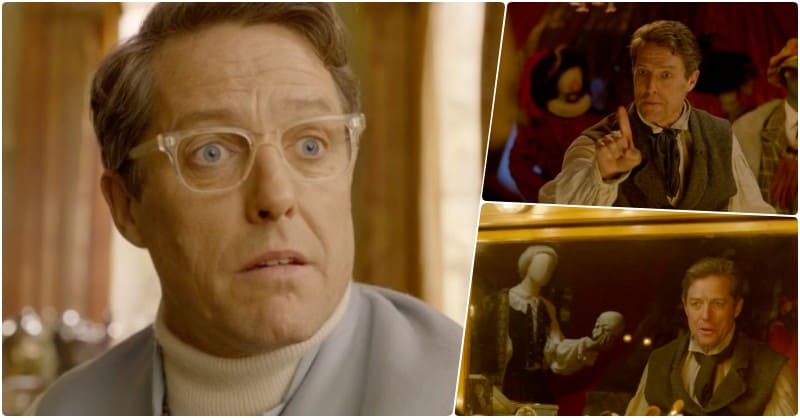It was, I think, 1991. I was writing my book on Lord Krishna, Krishna: The Playful Divine, when I received a present from MF Hussain. It was a beautiful painting made on a kite, of the delightful child Krishna playing the flute while seated on a cow. When I thanked him, he said that he was delighted about my forthcoming book, for he venerated Krishna as much as I did.
Over the years, I got to know MF very well. In many respects, for all his phenomenal success, he was a faqir (ascetic). For a person who began his life painting billboards for films, or making portraits for as little as ₹15, he became among the most sought-after artists in India, commanding astronomical prices. But he also was very generous with his paintings, gifting them to people for free, especially women that enamoured him. Money is, of course, never to be scoffed at, but he lived simply and was dil phenk (large-hearted). I remember buying a numbered print of one of his paintings. When I requested him to sign it, he took out his drawing pen and made a self-portrait on it, which greatly increased its value from just that of a print.
Hussain asked me in the late 1990s to translate his biography into English. He was still writing it and it would arrive at my home every other evening with a few more pages. It was a set routine. At the gate, he would ask the guard to secure my dogs, then drive the car into the driveway, walk in barefoot, and come up to my study. There we would sit for hours, discussing his life and works, and I would give him a few pages of my translation. One day, he said we would meet in a few days, and just disappeared. I did not see him for the next six months. The reason why our friendship lasted was that, after this long hiatus, when we did meet, neither did I ask why he had inexplicably disappeared, nor did he offer an explanation. We embraced each other and carried on from where we had left off.
The reason for such erratic behaviour was that Hussain was genuinely averse to a structured schedule and lived life from day to day. I remember an evening in London at my house, when I was posted as the director of The Nehru Centre. It was dusk, and we sat chatting over a cup of tea about Delhi and its many cuisines and charms, and my book on the Havelis of Old Delhi. Hussain’s mobile rang incessantly, since a major exhibition of his large canvasses worth a fortune was opening the next day at the Pierre Cardin gallery in Paris. The calls were from art collectors and buyers, and to each of them he said he would meet them tomorrow in Paris. But as we talked, he suddenly grew very nostalgic about Delhi and his desire to go home. To my immense surprise, he then called up his travel agent and said: “Please change my plane ticket tomorrow to Delhi instead of Paris.” “But you have a major opening in Paris tomorrow, and I heard you tell dozens of people that you would meet them there”, I exclaimed. He said, “doesn’t matter, I feel like going to Delhi.” And that’s precisely what he did!
His studio in London was walking distance away from The Nehru Centre. Once he requested my wife Renu and I to spend a few hours over coffee watching him paint. Renu paints herself, and was thrilled at this opportunity. It was a revelation for us to see the ease, surety and effortlessness with which he painted, each brush a masterstroke in itself. No wonder he became a legend in his own lifetime.
It is very sad that in his last years (from 2006) Hussain had to go into self-imposed exile. Some of his paintings of Hindu deities annoyed self-proclaimed vigilantes of Hinduism, and he was hounded by multiple cases and violence. I know personally of his great respect for Hinduism. He could never think of intentionally insulting it. He died at the age of 95 in 2011, dying to come home.
Pavan K Varma is author, diplomat, and former Member of Parliament (Rajya Sabha).
Just Like That is a weekly column where Varma shares nuggets from the world of history, culture, literature, and personal reminiscences with HT Premium readers
The views expressed are personal















